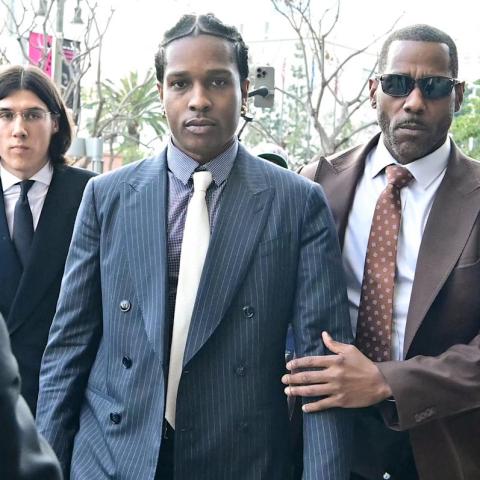PHOENIX – A brilliant sun shone over Mercedes-Benz Stadium in Atlanta, where a sea of maroon and gold represented Arizona State University (ASU). Students, faculty, and fans gathered to witness a memorable Sun Devil football season. The energy was electric, especially as the team faced a heartbreaking 39-31 loss to Texas, an outcome that will be discussed for years.
ASU President Michael Crow expressed pride in how the team portrayed the university. He witnessed a passionate and determined effort from the players. “I’ve never seen more grit and drive in one moment,” Crow noted, emphasizing that these experiences shape true competitiveness.
This season marks a notable comeback for ASU football, reminiscent of the 1996 Rose Bowl team led by Pat Tillman. Coach Kenny Dillingham’s leadership is rebuilding the program, expecting to retain 16-18 starters next fall and aiming for even higher national rankings.
ASU’s growth under Crow’s vision of a “New American University” is remarkable. For a decade, ASU has been recognized as a leader in innovation, competing not just academically but also on the athletic field. Crow believes that competition drives everything, from academic excellence to sporting achievements.
“To achieve greatness, you need goals and comparisons,” said Dr. James Rund, ASU’s Senior VP for Educational Outreach. This approach has redefined ASU, creating an inclusive environment for various sports—26 in total—allowing students from less common sports like triathlon and water polo to shine alongside traditional athletes.
ASU’s charter, adopted in 2014, pushes for a more inclusive vision of public education. Crow highlights that a true public university should focus on community welfare, not simply emulating elite institutions. In his book, “Designing the New American University,” Crow argues for institutions that engage a broad spectrum of society, emphasizing access and innovation.
ASU’s shift aligns academics with athletics, as highlighted by achievements across various sports. Dillingham took over a struggling program and within two years claimed a Big 12 Championship, a feat unanticipated by many experts. Attendance and community support surged, with the Peach Bowl attracting 17.3 million viewers, signaling the Sun Devils’ rising prominence.
Athletic success benefits the entire university. Crow noted how a strong football season elevates ASU’s brand nationally. Not only did football thrive, but other sports like volleyball also excelled, proving the university’s overall athletic strength.
ASU’s diverse sports programs enhance connections worldwide. Assistant Athletic Director Graham Rossini emphasized how sports foster engagement, mentioning how ice hockey draws fans from Canada, while lacrosse connects with the Mid-Atlantic regions. This strategy builds a stronger, more connected community.
The focus on hiring coaches familiar with ASU’s culture enhances these connections. With many athletic leaders being alumni, there’s a greater sense of shared values. “Having personnel aligned with our mission is crucial for success,” Rund added.
Academics and athletics thrive together at ASU. Howard, an esteemed former athlete and current executive, remarked how top universities excel both academically and on the field. “Great universities develop talent, and students want to be a part of that,” he explained.
Athletic programs foster talent, preparing students for future challenges. Rossini’s initiatives, like the naming rights partnership for Mountain America Stadium, are steps toward creating an environment for sustainable success, integrating sports with innovation and education.
The approach to ASU athletics under Crow focuses on community and societal impact, ensuring that competitions—be it in the classroom or on the field—serve broader objectives of excellence and resilience. As Dillingham stated, the football program showcases the university’s identity, and as ASU continues evolving, opportunities for both student-athletes and academics will only grow.
Moving forward, Rossini believes that aligning athletic programs with the university’s overarching goals will lead to greater achievements. The path is bright for ASU as it continues to redefine what a “New American University” can be, paving the way for impressive futures both on and off the field.
Source link
arizona state university,athletics,Chris Howard,Graham Rossini,Inclusivity,innovation,Jim Rund,Kenny Dillingham,Michael Crow,New American University,Sun Devil Football




















